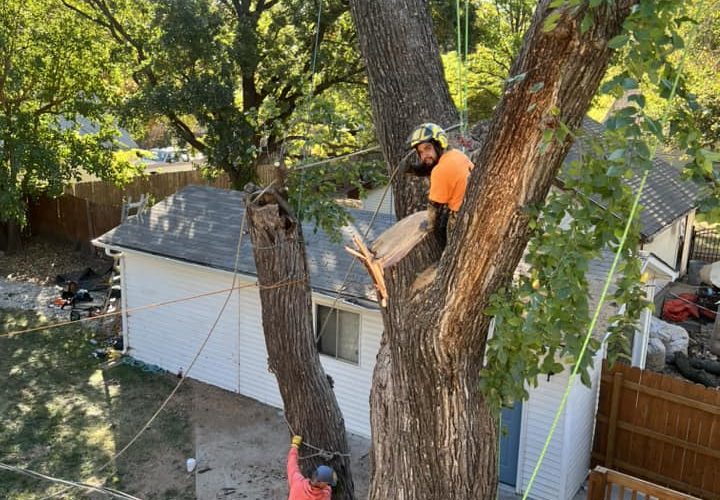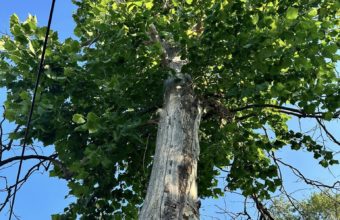Yes, it is possible to reduce the height of a tree through a pruning practice known as “crown reduction” or “topping.” Topping is generally considered a harmful and detrimental practice for trees, and it should be approached with caution. Topping involves cutting back large branches or the upper portion of the tree’s crown, often reducing its overall height.
Here are some important considerations and drawbacks associated with topping…
- Stress to the Tree – Topping causes significant stress to a tree. The sudden removal of a large portion of its crown can lead to shock, increased susceptibility to diseases and pests, and overall decline in tree health.
- Structural Issues – Topping can result in the growth of weak, poorly attached branches, which are more prone to breakage. It can also lead to the development of multiple upright shoots (suckers), creating a structurally unsound and aesthetically unpleasing tree.
- Decay and Disease – The large wounds created by topping take longer to heal and are more susceptible to decay. This can compromise the structural integrity of the tree and make it more vulnerable to various diseases.
- Aesthetic Impact – Topping often results in an unnatural and unsightly appearance, which can be detrimental to the overall aesthetics of the tree and its surroundings.
Instead of topping, use proper pruning techniques such as selective branch removal, thinning, and crown reduction that maintain the tree’s natural shape and structure. If a tree requires height reduction for safety reasons or to address a specific issue, it is advisable to consult with a certified arborist or tree care professional who can assess the tree’s health and provide guidance on appropriate pruning techniques.
Responsible and selective pruning practices are preferred over topping to ensure the long-term health, structural integrity, and aesthetic value of the tree.






